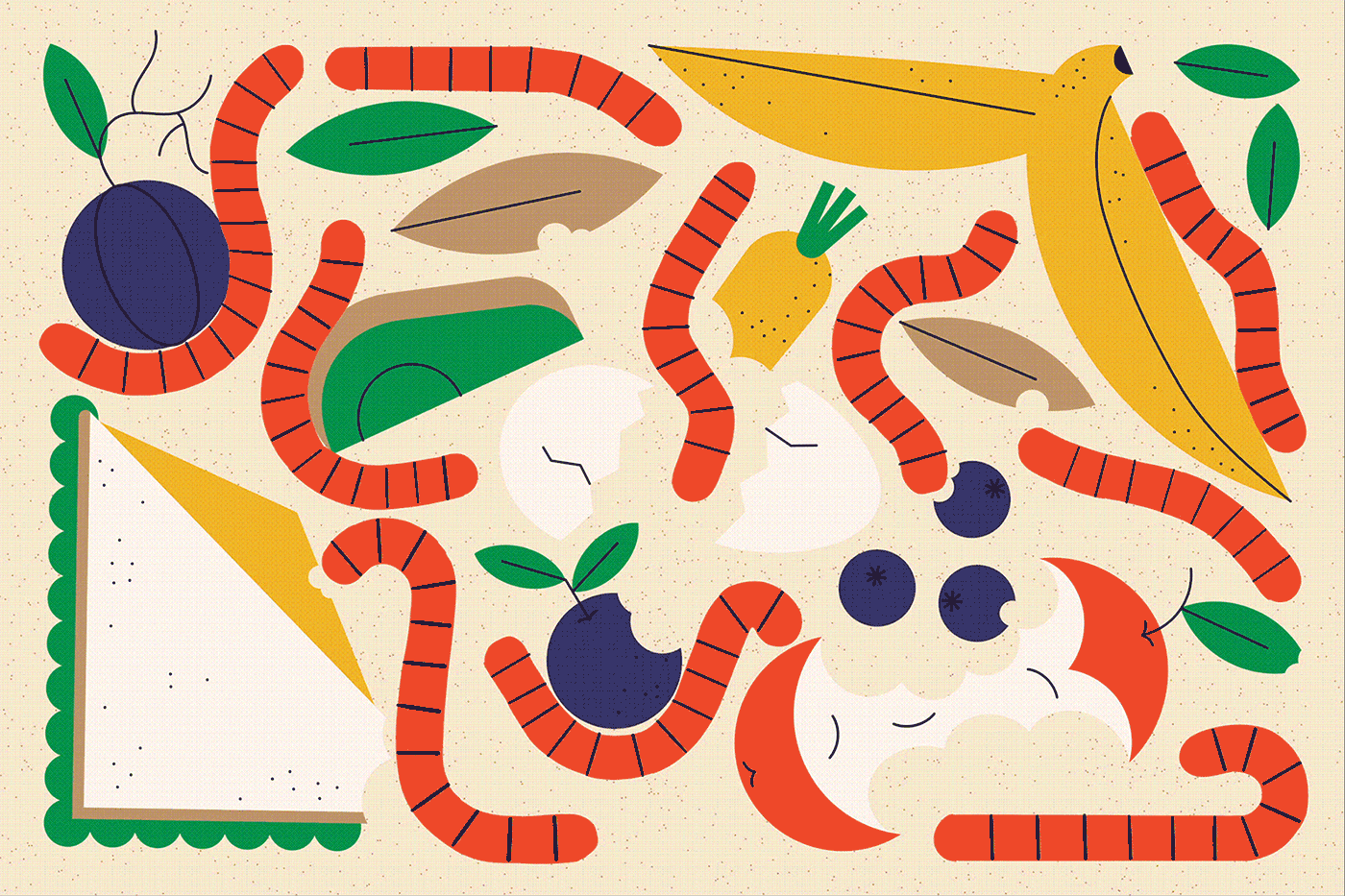Experts give the scoop on potting mix
You’ve built a raised bed or set out some pots. Before you plant, you’ve got empty space to fill. Here are three experts’ suggestions for the best potting mix:
Mel Bartholomew is Mr. Square Foot Garden, author of the 2005 Cool Springs Press book “All New Square Foot Gardening: Grow More in Less Space!” His blend calls for equal parts peat moss, vermiculite (or perlite) and compost. Concern over the sustainability of peat moss has prompted some gardeners to substitute coir, which is fiber from coconut husks.
For an even smaller environmental footprint, John Lyons, a designer of edible landscapes, mixes homemade compost with backyard soil. Southern California soil is intrinsically fertile, he says. His blend ranges from 20% to 50% compost. “Replenish the compost -- 6 inches on top -- at the beginning of summer and winter,” he says. Lyons avoids potting soil from stores; he says it drains too fast and doesn’t produce superior vegetables. For compost, however, he recommends E.B. Stone and Whitney Farms brands as decent substitutes for the homemade kind.
But David King, a garden instructor for UCLA Extension, says store-bought potting soil can be helpful for beginners, who tend to water enthusiastically. “Plant roots need air as much as they need water,” he says, adding that “a lot of soil in the L.A. basin has a high percentage of clay.”
King starts his students on store-bought potting soil mixed 5 to 1 with sharp sand, also known as builder’s sand. He recommends LGM, E.B. Stone or basic (not premium) OSH potting soil. For people who compost, King suggests replacing slightly less than half of the bagged soil with compost.
Whatever soil recipe you choose, top it with a generous helping of mulch to retain moisture and keep down weeds.
-- Ilsa Setziol






